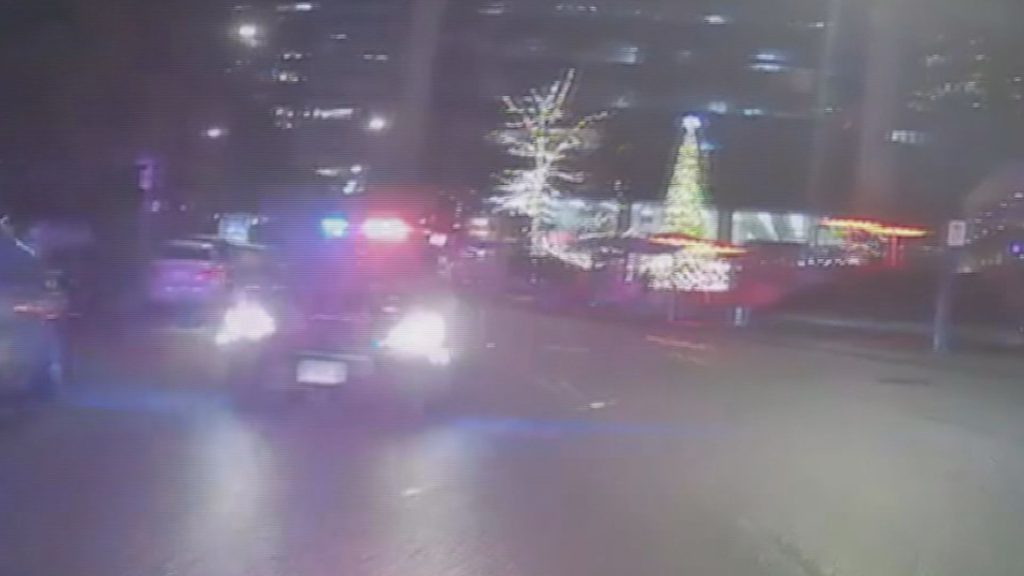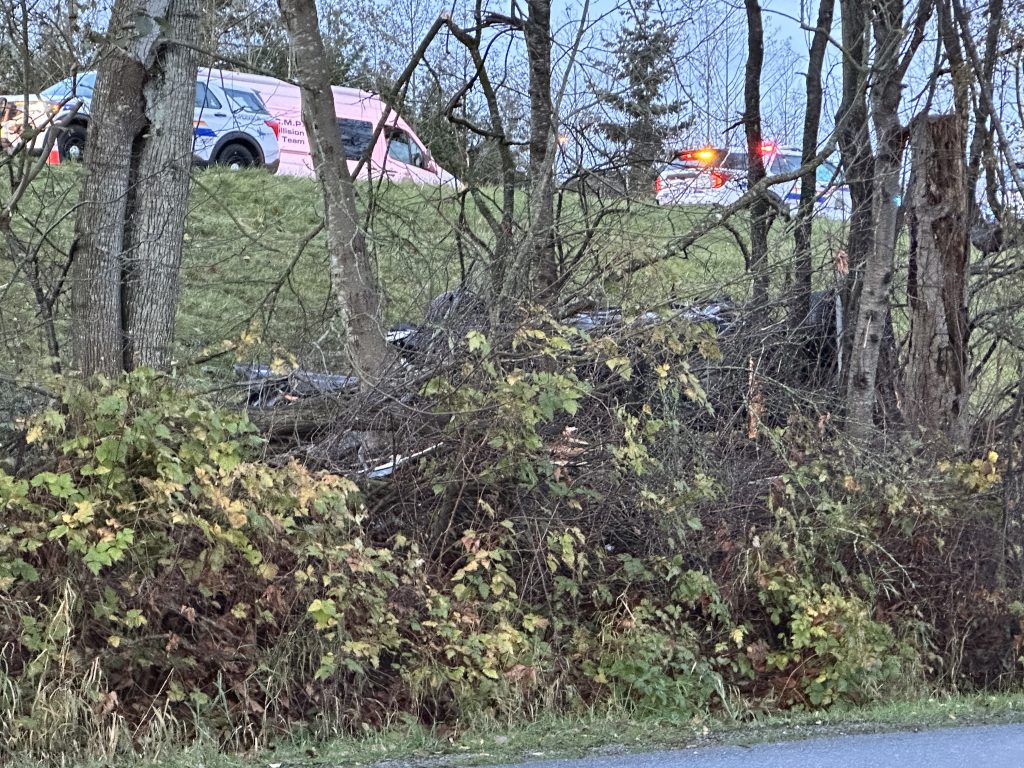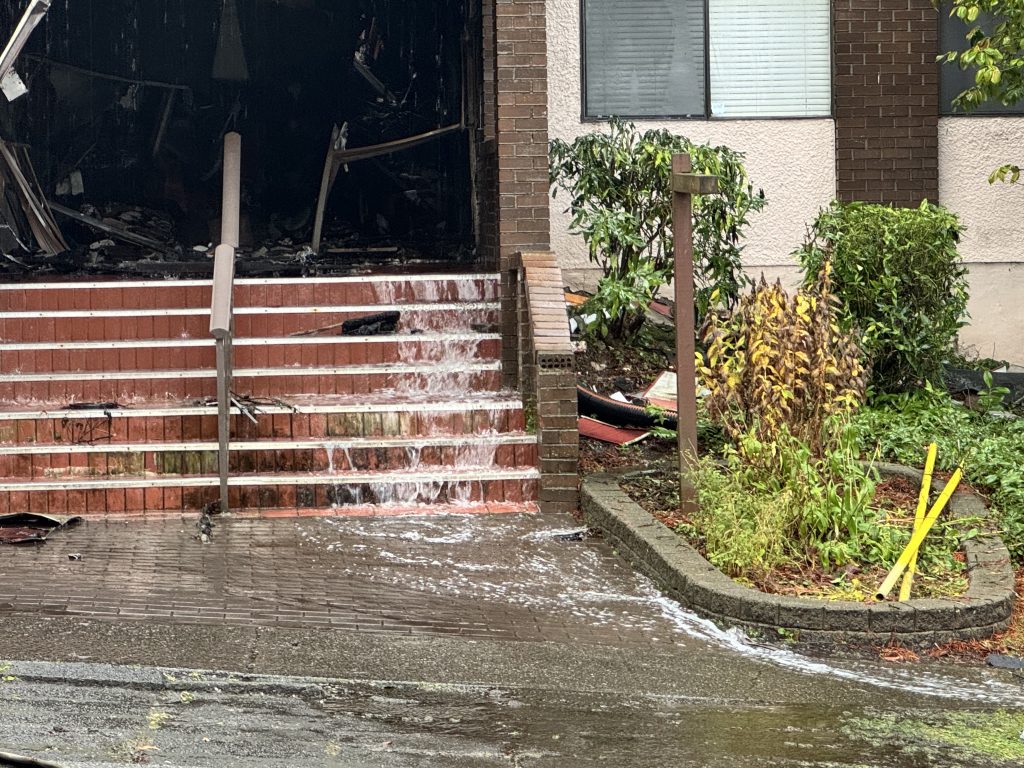South Fraser SAR touts technology for helping them speedily, safely locate missing people
Posted June 4, 2020 10:31 pm.
Last Updated June 4, 2020 10:52 pm.
SURREY (NEWS 1130) — South Fraser Search and Rescue is spreading the word about —and raising funds to purchase— wristbands that they say make it easier, and faster to find people with dementia or other cognitive impairment who go missing.
On Wednesday, they say the Project LifeSaver technology helped them find a missing person within an hour.
Sean Magnusson, with Project Lifesaver Lower Mainland and South Fraser SAR, explains the technology.
“The person can wear it, whether on a wrist or an ankle and it sends out a signal about every second and a half to two seconds on a radio frequency and the search and rescue team, in this case, South Fraser Search and Rescue, can come out and actually locate that person,” he says, adding that the device is designed to be work 24/7 and maps movement.
Knowing someone’s location makes it possible for crews to search in smaller areas with smaller crews.
He says the technology is useful for, “Anybody that may go wandering or get lost or forget where they are.”
When a person purchases and registers a device, a photo of them as well as information about their medical history is entered into a database so if they go missing, rescuers can easily find out who they are looking for.
In the Lower Mainland, South Fraser SAR coordinates the program.
That involves getting searchers familiar with the technology.
“When we’re training the search and rescue people we actually train them to find the hidden transmitters. So we would take a transmitter, hide it in a flower bed, hide it on the crook of a tree, under stuff and then they actually have to be able to find that unit,” Magnusson explains.
If someone registered in the system goes missing in another part of the Lower Mainland, South Fraser SAR is notified and called in to help.
Listen to @NEWS1130 tonight to hear our member Sean discussing #ProjectLifesaver and how it can help protect your loved ones if they are at risk for wandering. Searches with #ProjectLifesaver are resolved in mere hours.
— South Fraser Search and Rescue (@southfrasersar) June 5, 2020
Magnusson says coordination the system also involves connecting with clients and caregivers, and describes what he has done when someone new signs on.
“I went out, I met with him and the caregivers. We put the unit on him so that he understood what it was, what’s there, we got all the background information that we could, photographs that sort of thing,” he says.
The program also keeps track of when batteries need replacing, and Magnusson will visit program participants when batteries need to be changed.
Although Magnusson says many could benefit, the number of people who actually have these wristbands is small. In Canada and the U.S. about 3,400 people who use the technology have gone missing, and he says they were all found safe.
Still, he estimates about 30 – 40 people are registered in the Lower Mainland.
“There is a cost to it, and that’s one of the big things,” he points out.
The initial investment is about $540, and batteries cost about $25 each month.
“It makes life so much easier on the search and rescue teams and obviously for the families. There’s a number of families we have and I’ve gotten a number of letters from different family members. One of the things they say is once they’re on the system, the caregiver, their most common comment is, ‘Now I get a chance to breathe for a few minutes.’ They know there is a backup, they know there is a system in place.”
With files from Renee Bernard








